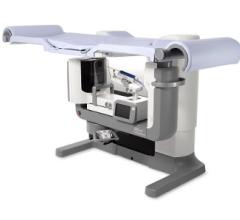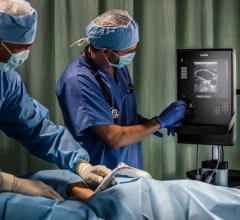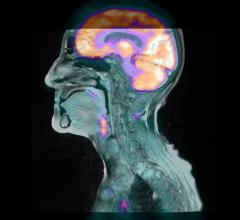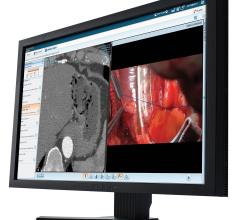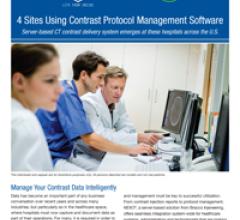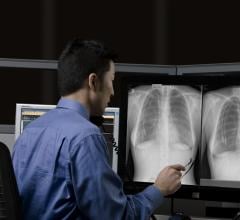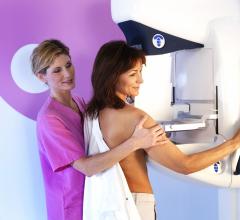UltraSPECT Inc. announced the 10th anniversary of the U.S. Food and Drug Administration (FDA) approval of its Wide Beam Reconstruction (WBR) technology.
April 21, 2016 — vRad (Virtual Radiologic) announced the recipients of its 2016 Radiology Business Management ...
Hologic Inc. announced the U.S. Food and Drug Administration (FDA) clearance and commercial launch of the Affirm prone biopsy system.
Radiology departments have many different needs and face a wide variety of challenges that can impact their departments ...
CS Medical announced the release of their newest product designed to aid in the circle of care for transesophageal echo (TEE) probes.
April 21, 2016 — A new study by University of California Los Angeles (UCLA) researchers found a commonly used ...
Ikonopedia announced the completion of its first completely remote installation of its innovative structured breast reporting software at Welch Road Imaging.
Despite decades of progress in breast imaging, one challenge continues to test even the most skilled radiologists ...
The 6D-Robotic Couch by gKteso ensures patient-positioning of sub-millimeter precision. The Radiotherapy Patient System (RPS) builds its own unit in radiotherapy with a linear accelerator.
Fujifilm SonoSite Inc., received its CE mark and 510(k) clearance for the new mountable ultrasound system, the SonoSite SII.
Mirada Medical announced a new agreement to work with the clinicians and physicists at The Christie Hospital in Manchester, England, a world-renowned centre for complete cancer care.
Bayer Radiology’s Barbara Ruhland and Thom Kinst discuss how radiology departments can address the many different ...
Fox Valley Hematology & Oncology (Appleton, Wis.) implemented Carestream’s Vue for Clinical Collaboration Platform to deliver advanced enterprise image management technology that streamlines the diagnostic process at its new state-of-the-art oncology center.
To shed light on recent controversies surrounding breast cancer screening guidelines, the National Comprehensive Cancer Network (NCCN) brought together experts from three leading organizations during its 21st Annual Conference on April 2 to discuss the topic.
In the healthcare space, the capturing and documentation of data has become an integral part of operations. A contrast ...
eHealth Saskatchewan plays a vital role in providing IT services to patients, health care providers, and partners such ...
It’s been a long time since radiology focused just on the detection of disease. And it will never see those days again.
Cianna Medical Inc. announced new clinical data evaluating the Savi Scout breast localization and surgical guidance system.
Texas Center for Proton Therapy and IBA (Ion Beam Applications S.A.) announced the first patient treated in North America with the 360-degree Proteus Plus gantry.
Konica Minolta Medical Imaging announced its support and participation in the Your Best Pathway to Health event, a free healthcare event being held April 27-29 at the Los Angeles Convention Center.
Intelerad Medical Systems announced that Imagix Medical Imaging, headquartered in Brossard, Quebec, is deploying IntelePACS across their thirteen radiology clinics.
Delaying radiation therapy too long after surgery significantly increases the risk of recurrent tumors in women treated for very early (stage 0) breast cancer, according to new research at Washington University School of Medicine in St. Louis.
Toshiba America Medical Systems Inc.’s Aquilion Lightning computed tomography (CT) system was U.S. Food and Drug Administration (FDA)-cleared with a more powerful 50 kw generator.
A five-year study shows that stereotactic body radiation therapy (SBRT) offers a higher cure rate for prostate cancer than more traditional approaches, according to researchers at UT Southwestern Medical Center Harold C. Simmons Comprehensive Cancer Center.


 April 21, 2016
April 21, 2016 
